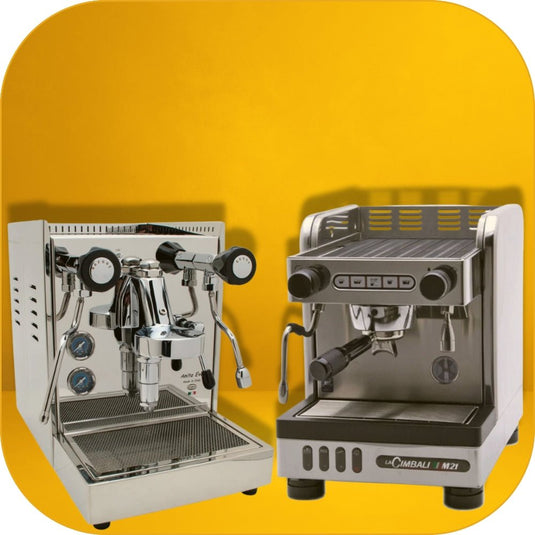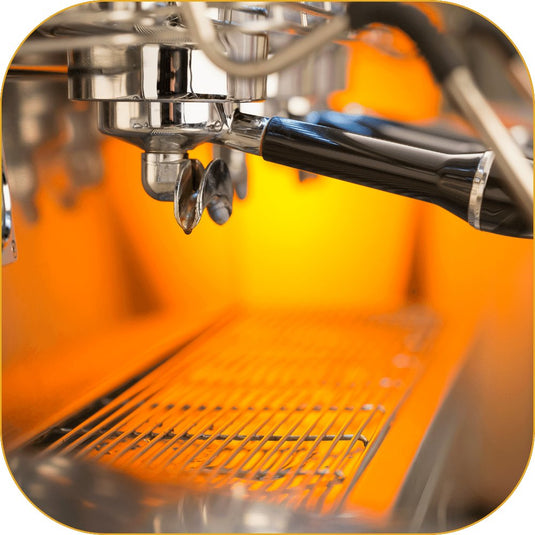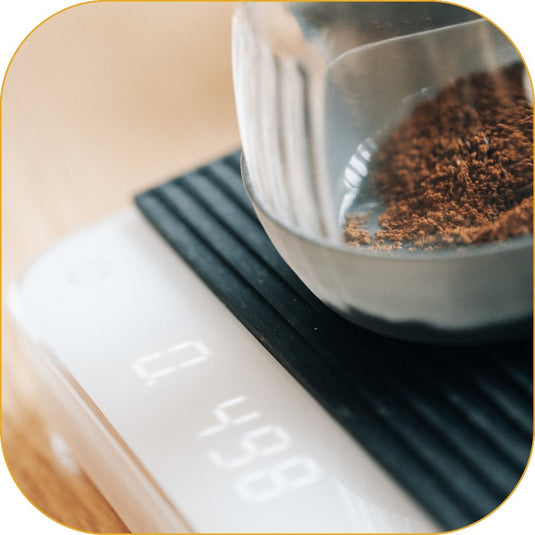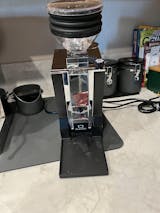Comparing Different Types of Portafilters: Standard vs. Bottomless

The portafilter is an essential part of any espresso machine, and choosing the right type can greatly influence your espresso’s flavor, consistency, and overall brewing experience. Among the most commonly discussed portafilters are standard and bottomless portafilters. While both serve the same basic function of holding coffee grounds during extraction, they offer unique benefits and challenges.
In this article, we’ll explore the differences between standard and bottomless portafilters, their advantages, disadvantages, and how to choose the right one for your espresso needs.
What Is a Portafilter?
A portafilter is the handheld component of an espresso machine that holds the filter basket where coffee grounds are placed. It is responsible for directing pressurized water through the coffee puck during extraction, resulting in the espresso shot. There are two primary types:
- Standard Portafilters: These include one or two spouts that direct the espresso into the cup(s).
- Bottomless Portafilters: These lack spouts, leaving the bottom of the filter basket exposed, allowing you to see the extraction process in real time.
Standard (Spouted) Portafilters
Standard portafilters are the traditional option found on most home and commercial espresso machines. They have one or two spouts attached to the underside of the portafilter.
Advantages of Standard Portafilters
- Less Messy: The spouts help direct espresso cleanly into one or two cups, minimizing spills and drips.
- Dual-Shot Capability: A double-spouted portafilter makes it easy to brew two espressos simultaneously or divide a double shot into two separate cups.
- Easier for Beginners: Because it hides any inconsistencies in the puck preparation, it’s more forgiving of minor tamping or grinding errors.
- Better Heat Retention: The enclosed design retains heat slightly better during extraction.
Disadvantages of Standard Portafilters
- Limited Visual Feedback: The spouts obscure the extraction process, making it harder to diagnose issues such as channeling or uneven extraction.
- Less Control for Precision: Advanced baristas seeking perfection may find it challenging to fine-tune their espresso-making technique without direct visibility of the extraction.

Bottomless (Naked) Portafilters
Bottomless portafilters remove the spouts, leaving the underside of the filter basket fully exposed. This allows you to see the espresso as it exits the basket.
Advantages of Bottomless Portafilters
- Real-Time Feedback: The open design lets you observe the extraction process, making it easier to spot problems like channeling, uneven tamping, or incorrect grind size.
- Improved Flavor Consistency: By identifying and correcting extraction issues, you can achieve more consistent and flavorful espresso shots.
- Aesthetic Appeal: Watching the espresso flow evenly from the filter basket is a visually satisfying experience.
- Easier Cleanup: Without spouts, there are fewer small parts to clean, making maintenance simpler.
Disadvantages of Bottomless Portafilters
- Steeper Learning Curve: Beginners may find it challenging to manage puck preparation and tamping when every mistake is visible.
- Single-Shot Focus: Bottomless portafilters don’t allow for splitting a shot into two cups.
Choosing Between Standard and Bottomless Portafilters
The decision between a standard and a bottomless portafilter depends on your skill level, preferences, and goals as a home barista.
- For Beginners: A standard portafilter is often the better choice due to its forgiving nature and ease of use. It’s perfect for those who want a mess-free espresso experience without focusing on troubleshooting.
- For Advanced Baristas: A bottomless portafilter is ideal for espresso enthusiasts who want to refine their technique, diagnose problems, and take their brewing skills to the next level.
- For Aesthetic and Learning Purposes: If you’re passionate about the art of espresso-making and want to see every step of the process, the bottomless option is a must-have.
Final Thoughts
Both standard and bottomless portafilters are invaluable tools in the world of espresso, each catering to different needs and preferences. While standard portafilters provide reliability and cleanliness, bottomless portafilters offer insight and precision. Ultimately, your choice will depend on your skill level and your desire to dive deeper into the art of crafting the perfect espresso.




















Bottomless portafilters are easier to tamp correctly as they will lay flat, horizontal while tamping. I’ve installed a bubble level on my tamper so when I tamp the puck, I can easily ensure that it is uniform. I have had no channeling issues since doing this.